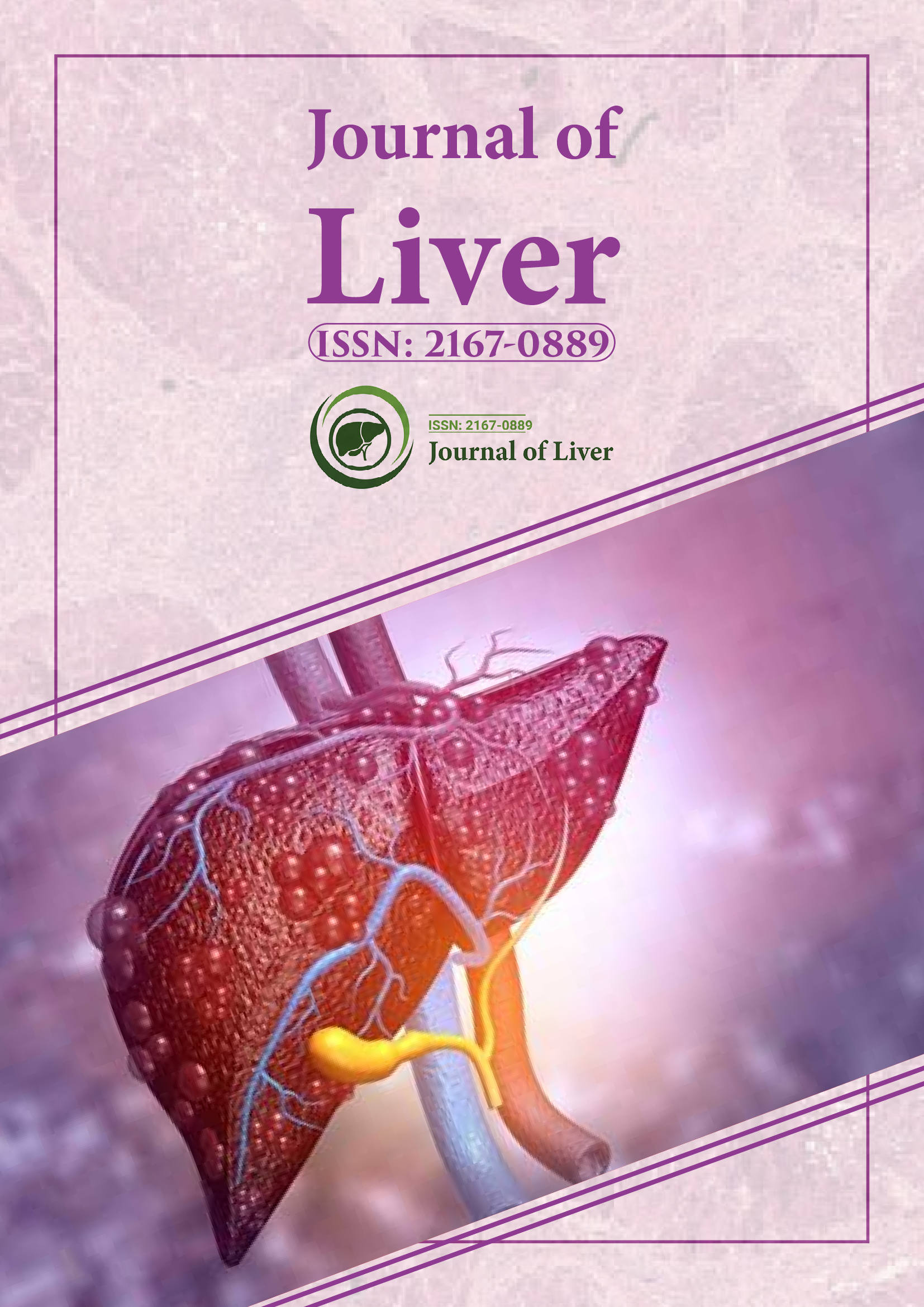Indexed In
- Open J Gate
- Genamics JournalSeek
- Academic Keys
- RefSeek
- Hamdard University
- EBSCO A-Z
- OCLC- WorldCat
- Publons
- Geneva Foundation for Medical Education and Research
- Google Scholar
Useful Links
Share This Page
Journal Flyer

Open Access Journals
- Agri and Aquaculture
- Biochemistry
- Bioinformatics & Systems Biology
- Business & Management
- Chemistry
- Clinical Sciences
- Engineering
- Food & Nutrition
- General Science
- Genetics & Molecular Biology
- Immunology & Microbiology
- Medical Sciences
- Neuroscience & Psychology
- Nursing & Health Care
- Pharmaceutical Sciences
Abstract
Relationship between the Status of Blood Supply in the Non-hypervascular Hepatocellular Nodules among Chronic Liver Diseases and the Hypervascular Change
Junichi Taira,Yasuharu Imai*,Takatomo Sano,Katsutoshi Sugimoto,Yoshihiro Furuichi,Ikuo Nakamura,Fuminori Moriyasu
Objectives: We observed the time-course changes of blood flow in non-hypervascular hepatocellular nodules that showed hypointensity in the hepatobiliary phase on Gd-EOB-DTPA-enhanced magnetic resonance imaging (EOB-MRI), and evaluated the relationship between hypervascular change and the status of blood supply in the nodules. Methods: The study included 69 hepatocellular nodules in 33 patients demonstrating hypointensity in the hepatobiliary phase on EOB-MRI and showing non-hypervascular features on CT during hepatic arteriography (CTHA) performed during the same period. Results: In relation to blood flow on CTHA/ CT during arterial portography (CTAP), the cumulative rate of hypervascular change at 52 weeks was 0.0% for iso/iso, 29.7% for hypo/iso, 61.5% for iso/hypo, and 55.0% for hypo/hypo. Multivariate analysis using COX proportional hazards regression showed that CTAP findings (hypodensity) and CTHA findings (hypo-density) were significant variables for hypervascular change. Conclusions: In cases of non-hypervascular hepatocellular tumors, nodules with decreased arterial or portal blood flow that show hypointensity in the hepatobiliary phase on EOB-MRI are likely to develop into typical hepatocellular carcinoma in a shorter time.
